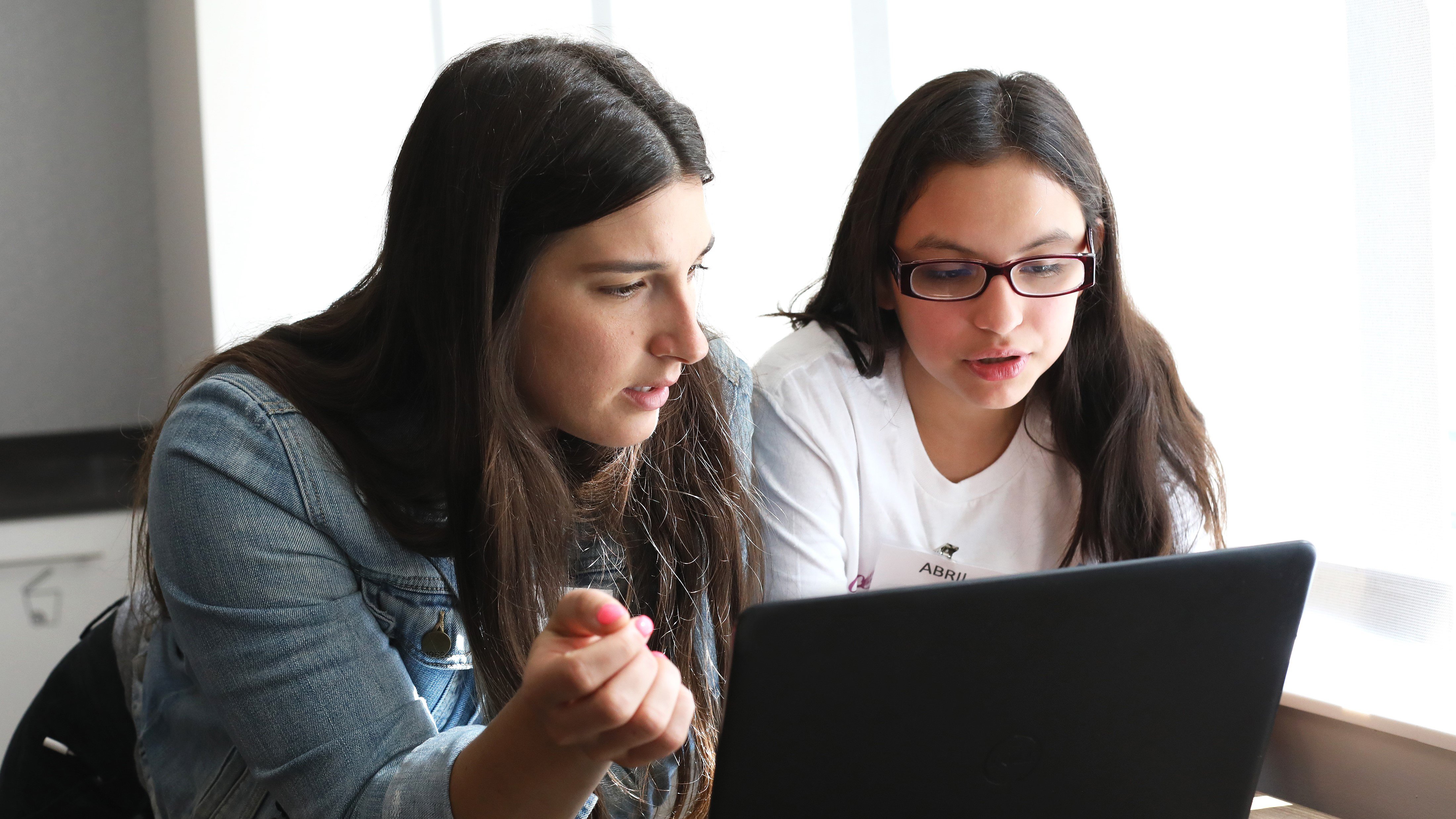Attending high school during a global pandemic is sure to be interesting, and perhaps a bit disappointing, for our teenagers. It’s all work and no play for many South African students, who are tasked with getting through their workload with minimal social and physical interactions. This means more and more online tutoring, virtual learning environments, and digital education tools. While the move away from traditional learning environments limits many interactive opportunities for students, it’s not all bad news.
E-learning, and online education in general, is not just about Zoom classrooms and emailing your homework. There are many amazing tools and platforms to which our students are being exposed, which may just broaden their minds and imaginations instead of limiting them to their screens. It is my hope that greater exposure to new and different technologies will spur South African children’s interest in technology in general. Some students might be interested in going beyond using technology, and toward creating it. Better yet, perhaps there are some out there who feel their technology isn’t meeting their needs, and might work towards improving it.
Filling the skill gap
It is well understood that South Africa is facing a skills shortage, with students showing insufficient interest in science, technology, engineering and math (STEM) subjects. Our country is not alone in this challenge. Our customers the world over are reporting concerns over the limited talent pool capable of fulfilling the new kinds of roles created by modern manufacturing processes. Data scientists, automation specialists, process engineers, and programmers are in short supply.
While pretty much every teenager in South Africa has been exposed to smartphones, educational technology, such as 3D models and interactive learning games, could encourage a deeper interest in technology.


